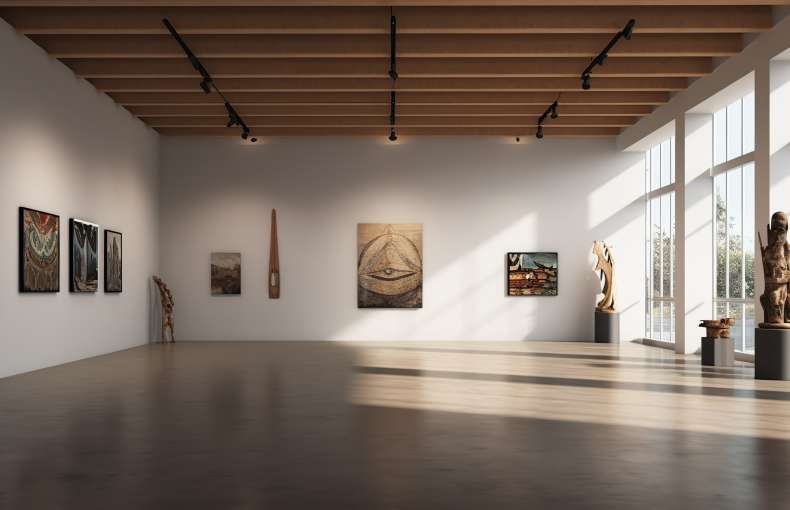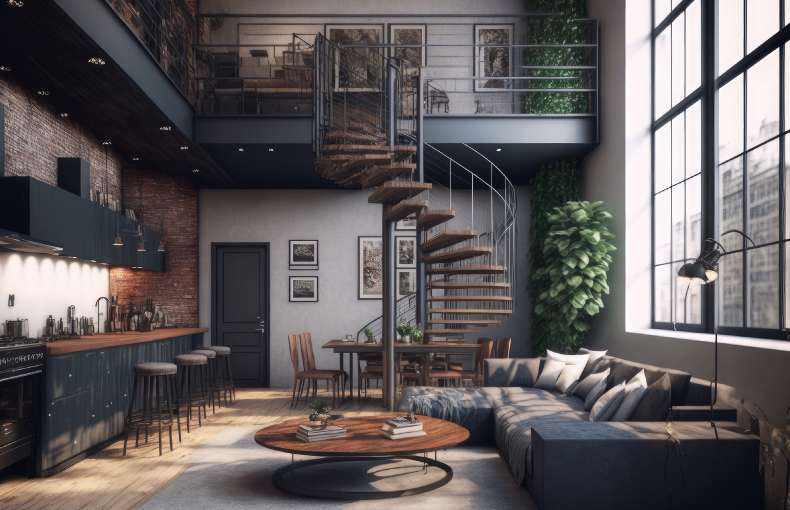Home is Where the Art is
How High-Net-Worth Individuals Merge Passion for Art and Real Estate
High-net-worth individuals often share a deep passion for both their art collections and their homes. These two interests frequently influence each other in significant ways. For instance, one real estate developer, tech entrepreneur, and philanthropist recalls how a commercial-grade museum on their property, initially designed in the 1970s by the architectural firm Ladd & Kelsey, played a pivotal role in their collecting journey. This 20,000 sq ft facility, originally built to house the European Modernist collection of a former occupant, became a unique aspect of their home.
The property features a secret underground passage linking the traditional 1916 house with the museum space. Despite the museum clinching the deal, the collector and their spouse initially did not have enough art to fill it. Over time, their collecting journey evolved, driven by various obsessions and a commitment to maintaining the architectural integrity of their home. For this collector, architecture is the ultimate collectible, a passion that allows one to live inside and interact with it.
Their home boasts unique features like a 100-year-old pub room, which inspired a collection of antique beer trays, and a mock mine shaft entrance linked to the tunnel leading to the gallery, prompting a collection of antique mining ephemera. One of their most interesting endeavours was creating a Tiki bar within the museum, complete with genuine carvings from Papua New Guinea and bespoke Tiki mugs.
For many high-net-worth buyers, having space to display their art collections is a top priority. Colleagues from various case studies report that discussions often revolve around amenities like art galleries, safe storage for watches and jewellery, and expansive garages for classic cars. For instance, in London, a recent sale involved a townhouse with specific areas considered for art display from the first viewing.
In the prime real estate market, the focus has shifted from square meters to cubic meters, with high ceilings and modern facilities becoming increasingly desirable. This trend is notable in places like Madrid, where sophisticated buyers look for classic city centre buildings that facilitate the display and appreciation of art. Art in the home fosters meaningful conversations and stimulates the exchange of ideas, making it a valuable addition to social gatherings.
Developers are responding to this trend by creating residential communities tailored to collectors. For example, in Australia, a development on the Gold Coast includes a members’ club lounge with personalised amenities, while in the Southern Highlands of NSW, townhouses feature individual wine cellars. In Dubai, the need for expansive garages for car collections often leads to the construction of bespoke projects.
Interior designers and architects play a crucial role in integrating clients’ collections into their homes. They focus on creating the perfect lighting, designing bespoke display rooms, and suggesting new acquisitions that complement the existing collection. For example, a project at Waddesdon Manor involved transforming a dining room with custom lighting to enhance the display of a Meissen dining set and murals.
Protecting collections is as important as displaying them. Designers consult experts to ensure the right conditions for preserving delicate items, such as luxury handbags or vintage hats. This careful curation enhances the value and enjoyment of collections over time.
The interplay between home and art collection forms a unique trinity. While one collector plans to recreate their beloved art gallery in a new home, the process of building and curating collections continues to add value and bring joy. By integrating art into their living spaces, collectors not only enhance their homes but also create opportunities for sharing their passions with others. This dynamic relationship between art, home, and collector is a testament to the transformative power of thoughtful design and curation.
















